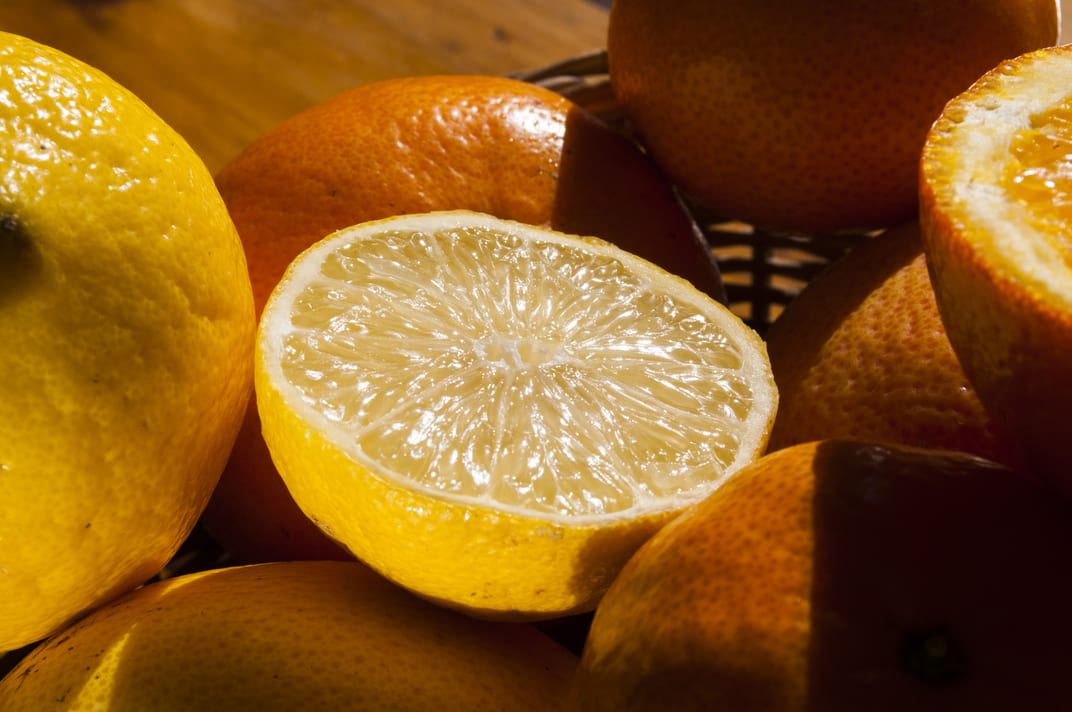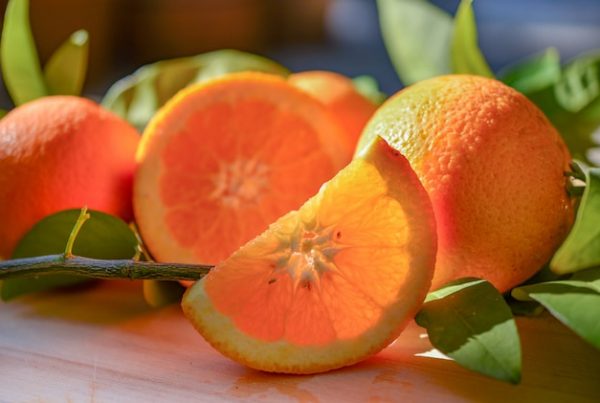Newsletter 178 – 01.06.2025
After several successful years with marked growth in southern exports, the 2024 campaign did not follow that trend. The total citrus exported by the southern hemisphere fell. The main cause was South Africa. This country is by far the main exporter of fresh citrus fruits of the southern hemisphere, providing two thirds of the total (2.23 million tons). Traditionally it is the largest exporter of southern oranges and grapefruits; and in recent years they also achieved that merit with tangerines and lemons, thanks to the strong expansion of his crops. This growth trend is very marked and for now it did not reach its maximum potential, since part of the surfaces still did not reach their full production.
But in the current campaign the big initial expectations were not met. Weather, logistics, market and cost problems made it impossible to reach the expected export levels. Regardig to the weather, several contradictory inclement inclemency, heat blows and frosts, droughts and floods, strong winds, among others were given. In turn, the harvested citrus had trouble being transported to the ports; stored and loaded on ships. In the main market, the European Union faced greater competition with Mediterranean products than usual. To this are added the growing phytosanitary demands, very difficult to meet and that so much headache are bringing southern exporters, especially in terms of oranges. The Asian market reacted slowly and demanded less than expected. The US is a minor destination for South Africa, since the export of citrus is restricted to some producing regions and the very demanding phytosanitary protocol. In turn, this year the orange juice industry offered very attractive prices. Therefore, volumes that other years would have exported, were sent to the industry.
The other exporting countries of fresh citrus have shown a fairly stable situation in recent years. The second southern exporter is Chile, exporting between 350-400,000 tons. In the 2024 campaign, the situation was uneven depending on the fruit. The most exported citrus fruits are mandarins, clementines and late varieties. But this year the weather was not ideal, so it could not maintain the record of 2023, with shipments falling by 21% to 183,000 tons. The situation was different for lemons, which managed to recover after two very complex years. Oranges exports wer also higher than in previous years.
In the third place there is Peru, which this year was the exception, overcoming the values of other years and achieving export records. 80% of their shipments are tangerines and they exported 219,000 tons. Although the exported volumes of the other citrus are lower, it also reached records, such is the case of limes and oranges.
Argentina is the fourth exporter. It exports mainly lemon, a citrus that is suffering a strong crisis due to a world oversupply. This leads to constant reductions in its fresh exports. But also the lemon industry, to which 70% of the production is destined, is happening a very critical situation. Therefore, the sector is at a very difficult time. Sweet citrus fruits play a secondary role. Therefore, despite the fact that they recovered their export, they could not compensate for the decrease of lemon.
Australia exports about 200-250,000 tons of sweet citrus fruits to Asia. This year they suffered under climatic inclemencies, so they had lower exportable volumes than other years.







